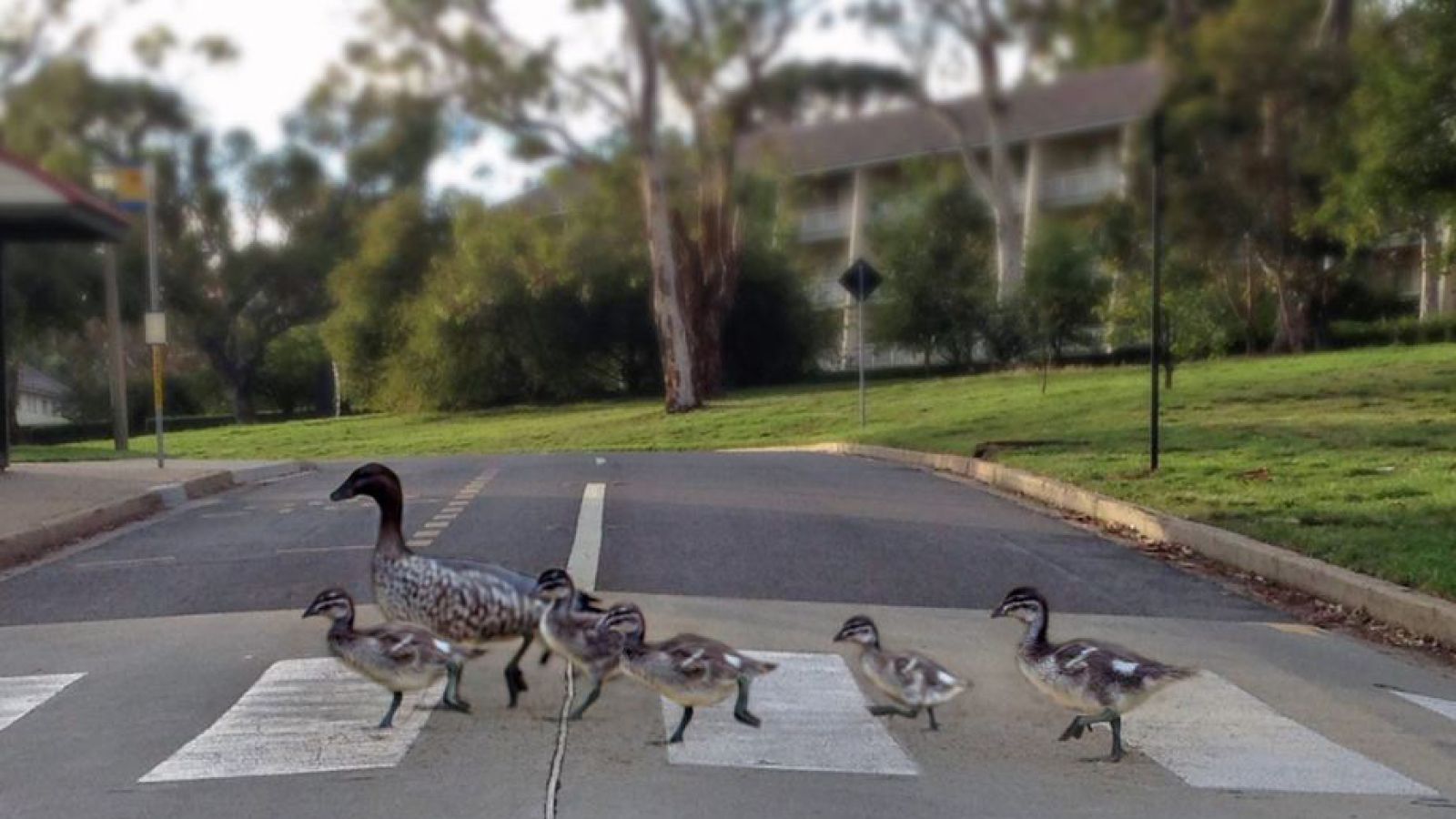Australians on-trend with books since 19th century

A world-leading library database moving to ANU offers researchers unique insights into Australian cultural history through reading habits.
Regional Australia has historically been depicted as isolated - from urban Australia and from the world.
But the reading habits of those living in regional Australia at the turn of the twentieth century tell a different story.

Two women reading on a verandah at Ingham, QLD, ca. 1894-1903. Photo courtesy of the State Library of Queensland
New research by Dr Julieanne Lamond from the School of Literature, Languages and Linguistics reveals Australia’s long-standing international taste in books.
Using a unique database of library records that will soon move to ANU, Lamond has found that regional Australians read widely, and read the latest novels from America, England – and Australia.
For most Australians living outside of a capital city until the 1930s, subscription libraries were the main way for people to access reading material. These records provide a reliable sample of reading habits of the time. The borrowers were people from all walks of life – women and men, school teachers and parliamentarians.
“These regional Australian readers were not as culturally isolated as you might expect – they were very actively engaged with the latest fiction, especially the mass-market genres of the mystery, detective and thriller that were emerging with the birth of mass reading and best sellers at the turn of the century,” says Lamond.
“My research shows that regional Australians were actually more up-to-date in their reading than borrowers in small-town America in this period.”
While international bestsellers were popular, readers were also interested in Australian fiction, but not the authors you might expect.
“It might seem incongruous, but people in rural Australia were not really reading authors like Henry Lawson.
“Some of the most popular authors in these libraries were Australian writers who are all but forgotten today. Guy Boothby, who wrote 53 novels over 10 years, was very popular in these libraries, as was Nat Gould, whose horse-racing adventures were hugely successful.”
A similar study, “What Middletown Read”, made headlines in the New York Times and Slate, when it revealed the borrowing records of the town of Muncie, Indianapolis, between 1892 and 1902. Muncie is considered the epitome of “Middletown” America.
Dr Lamond visited Ball State University in Muncie last year, where the What Middletown Read website is based.
The Australian Common Reader (ACR) database which contains these records will soon move to ANU and be hosted by the Centre for Digital Humanities Research.
ACR is a world-leading database of digitised reading records, and contains thousands of records of library borrowers between 1860 and 1918. The records are from seven libraries across Australia – from mining towns in NSW and WA to farming communities in SA.
“These library records provide unique insights into Australian cultural history,” says Lamond.
“Usually the history of reading has focused on slivers of information in peoples’ diaries and letters, or on booksellers’ records which tell us nothing about who read the books,” says Lamond.
“These library records provide us with a deluge of information about the reading habits of thousands of real readers, and give us the opportunity to discover just how reading has shaped our society.”
This database is the most detailed of its kind in the world, and contains important demographic information which can be matched to the books that were being borrowed at the time.
Dr Lamond presented some of her research at a recent conference hosted by the Research School of Humanities and the Arts and the Centre on China in the World: Reading Communities and the Circulation of Print: Australia, China, Britain in the 19th Century.